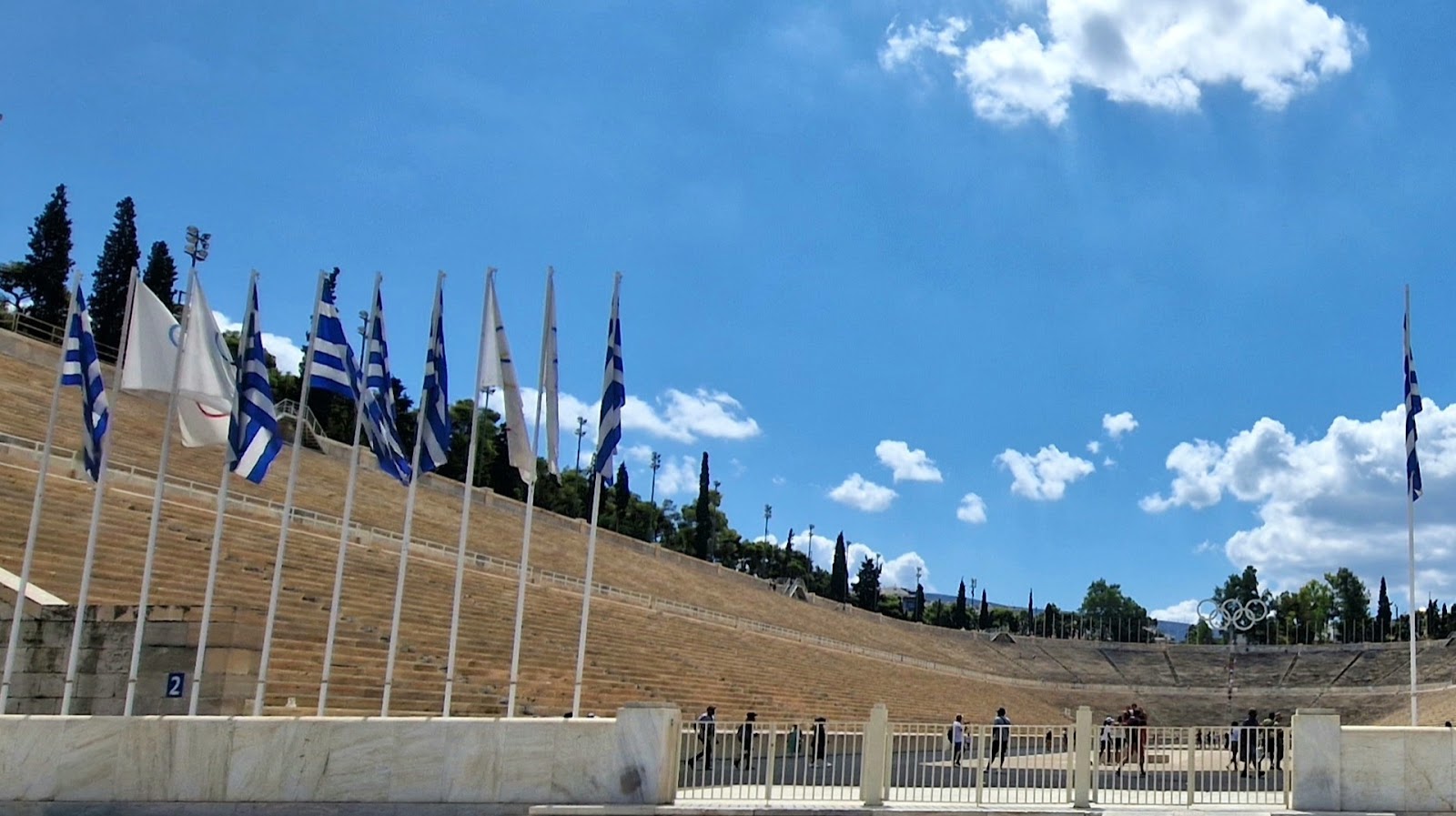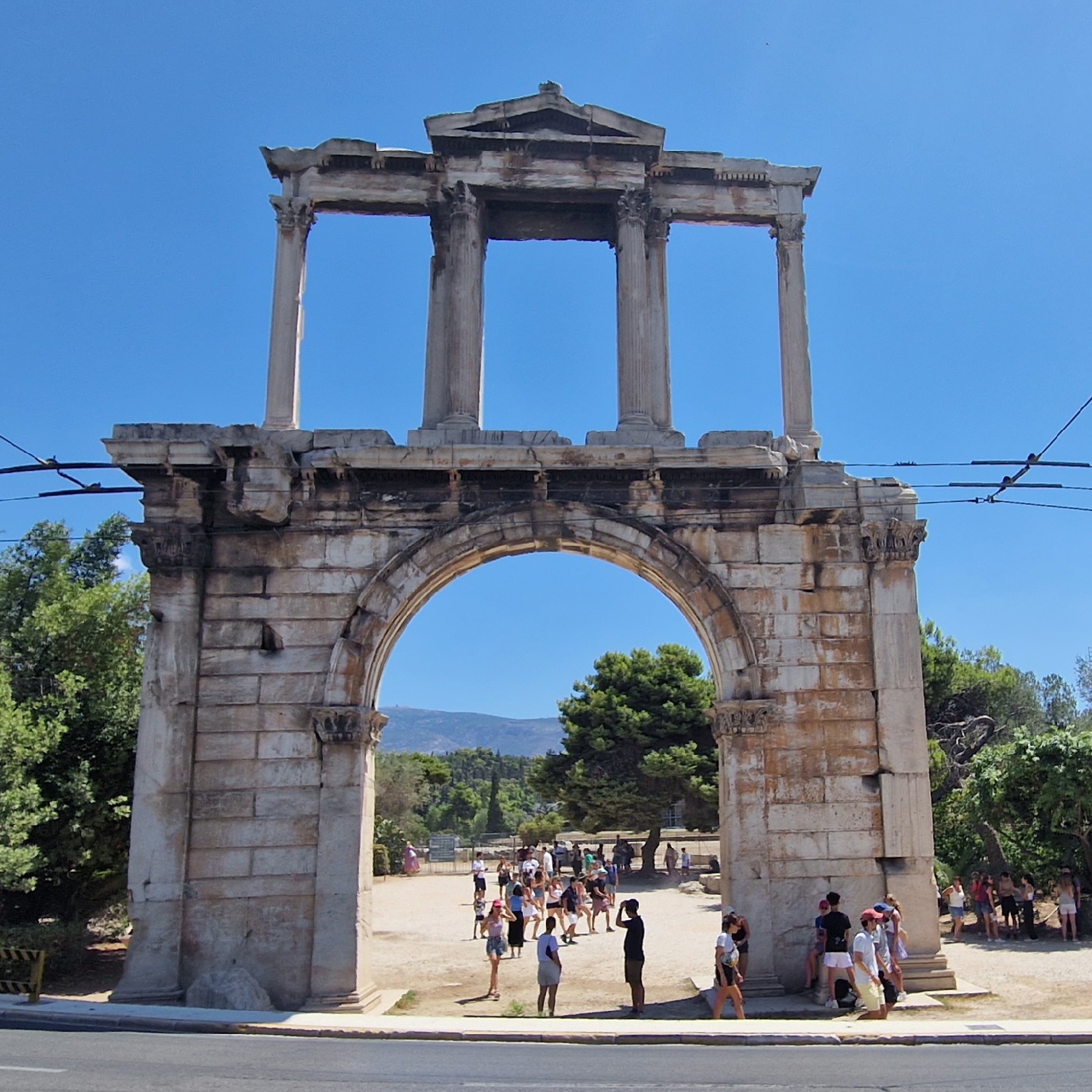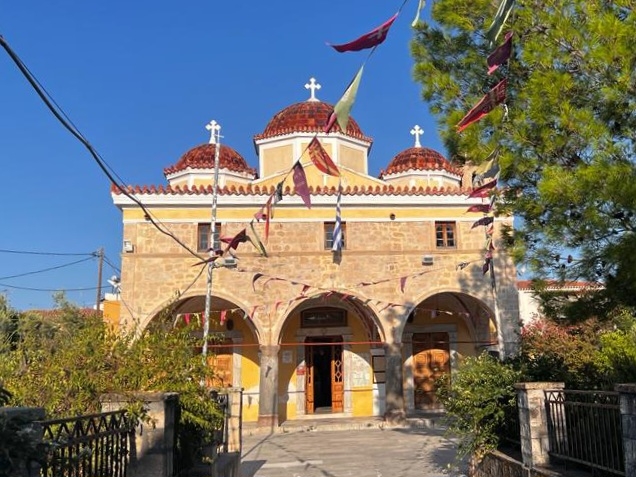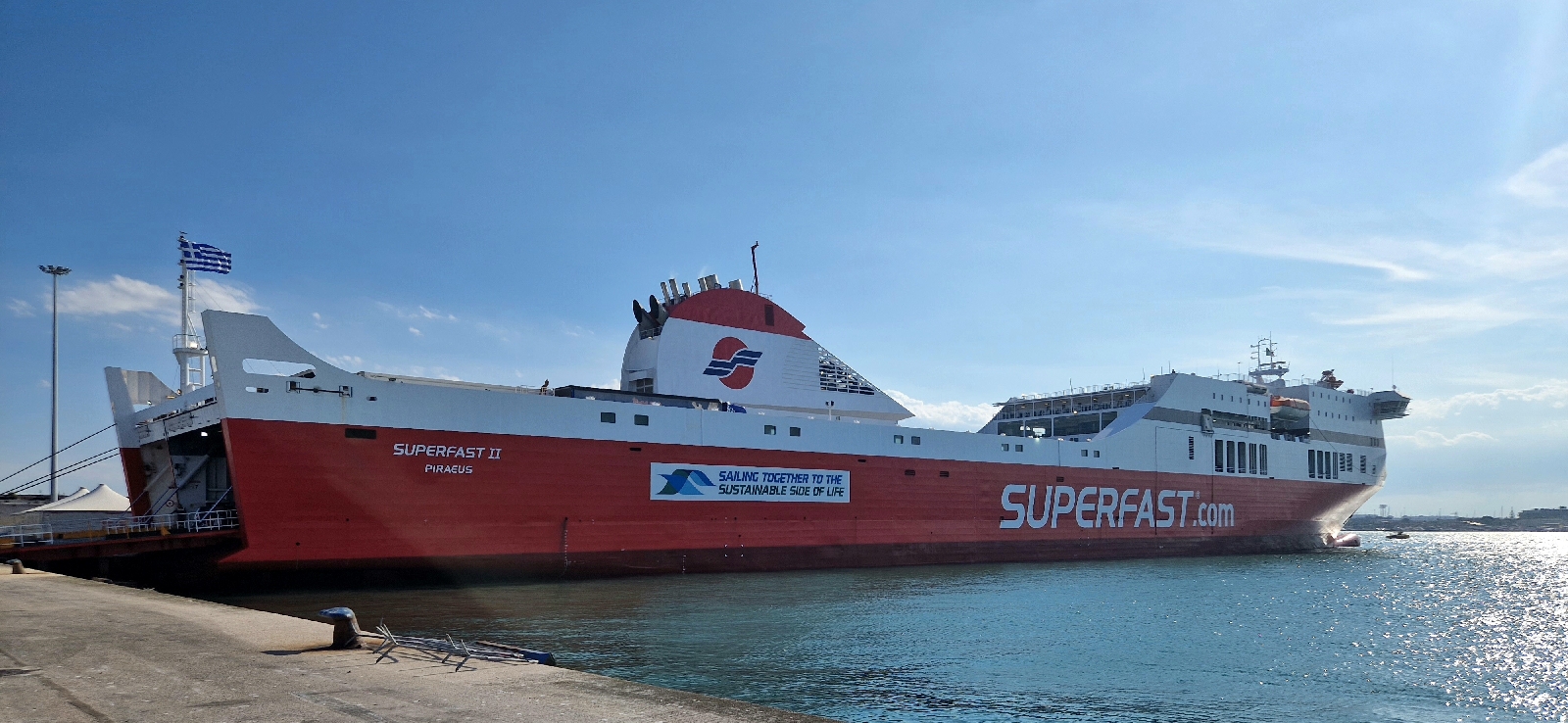My journey from Sofia to Bucharest was painful. It started with getting up at 5am for 7am train, and got progressively worse.
The dilapidated wreck of a train was probably built in the 50s and has not been well maintained – or even cleaned – since. There was no air conditioning in 40C and the facilities consisted of a stinking hole-in-the-floor toilet with no paper and no running water. We were delayed in rural Bulgaria for two and a half hours waiting for a locomotive to arrive from somewhere.
I'm a big fan of train travel, but in this case I should have taken a bus. (Don't tell anyone I said that.)
Palace of the Parliament
This monument to the cult of the former communist-fascist dictator is mind-blowing in its size (look at the cars in the picture for scale). The late "Hero of Romania" was apparently inspired on a visit to North Korea in the 70s and decided to destroy an entire neighbourhood and cripple his country's economy for decades to imitate the style.
Palace of the Parliament
Today, 70 percent of the building is empty.
Churches
I attended an Orthodox church service for the first time in my life. No, I haven't been born again, I was just curious.
Zlătari Church
And to my eyes, it certainly was curious. My experience of religious services is very much post-Vatican II, but I have vague memories of the style before the big changes in Catholic rites. This service reminded me of those rites, but even more arcane.
The altar is hidden from the congregation by an ornate floor-to-ceiling grill, which allows you to see that something is going on, but you can't quite see what. Several priests behind it perform a rite with chalices and crucifixes. At certain moments, a blind is lowered so you can't even see shapes moving. I presume that's when the magic happens, so it has to be hidden from the hoi polloi.
The rite is performed behind this grill
Occasionally, one or other of them steps through to say some words to the people, then withdraws behind the grill.
Most of the congregation perform the sign of the cross repeatedly. Some write supplications (I presume) on pieces of paper, wrap them round thin candles (bought at the shop inside the church), then wait at the side of the altar grill until a priest opens a small door and receives them.
I slipped out discreetly during the sermon.
Old Town
The Old Town is alive day and night. It is packed with bars and restaurants of all styles and standards, though I couldn't find a single place that would show the Ireland v England rugby match the other day.
I stayed in a small hotel just outside the old town, close enough to be able to walk there and far enough away from it to be able to sleep at night.
Take a chance on Bucharest. It's going in the right direction and they could do with your money.


































